Rhino mother and calf, Kaziranga National Park, Assam
© ePhotocorp/Getty Image
Bonding in the bush. Rhino mother and calf, Kaziranga National Park, Assam
What's grey and grumpy looking? Of course, a rhino. Today's image features a rhino mother with her calf in Kaziranga National Park's expanse. The Indian rhinoceros, also known as the greater one-horned rhinoceros, is native to the Indian subcontinent. It's the second-largest living rhinoceros species, with adult males weighing between 2.07 and 2.2 tonnes and adult females around 1.6 tonnes. These rhinos are mostly solitary, coming together only during the breeding season or when raising their young.
They have sharp hearing and a keen sense of smell, but their eyesight isn't the best. Kaziranga National Park in Golaghat and Nagaon districts of Assam hosts two-thirds of the world's Indian rhinoceroses, so it's no wonder this place is a UNESCO World Heritage Site. Local communities surrounding the park have played a crucial role in preventing rhino poaching and supporting conservation efforts for rhinos and other wildlife. Although the park has faced significant animal losses, including rhinos, due to annual floods, the latest census offers a hopeful outlook for these endangered species.
Related Images
Bing Today Images
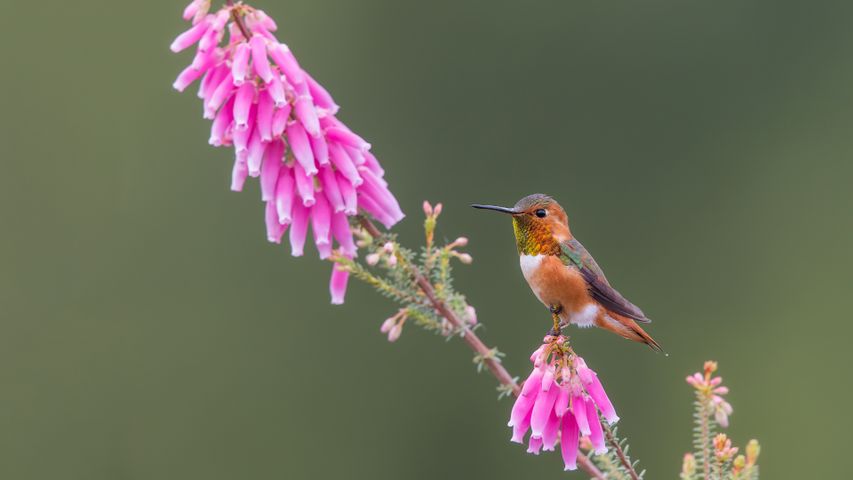


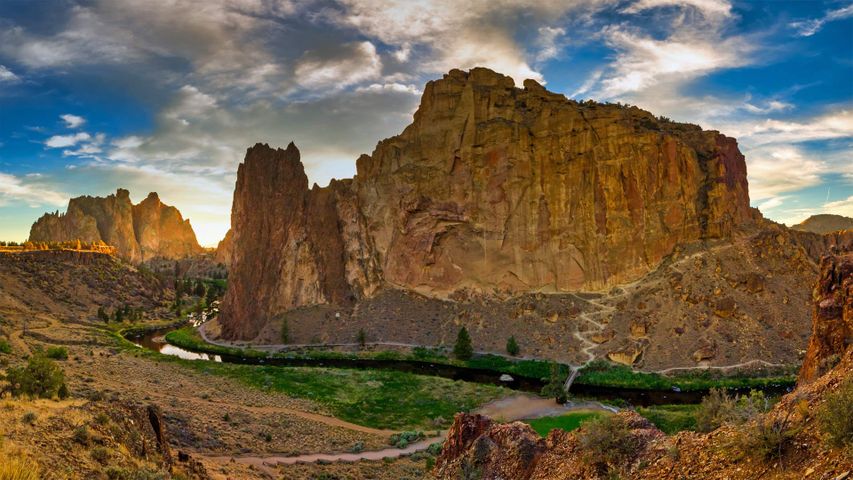
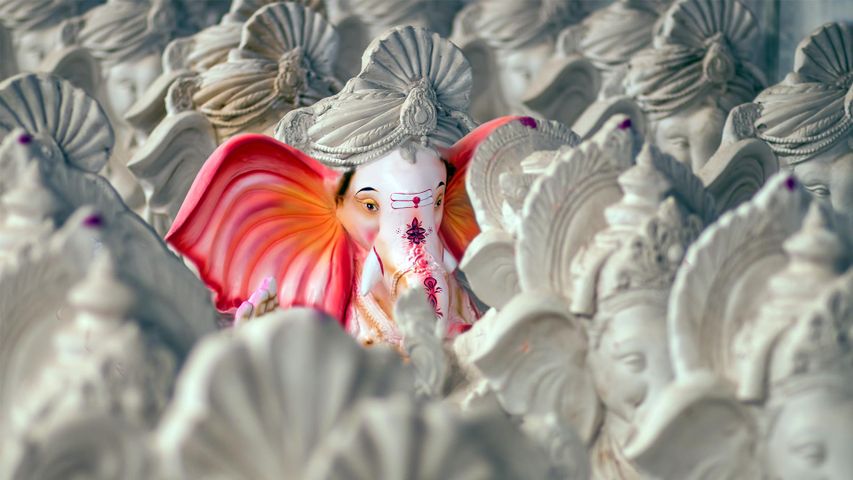
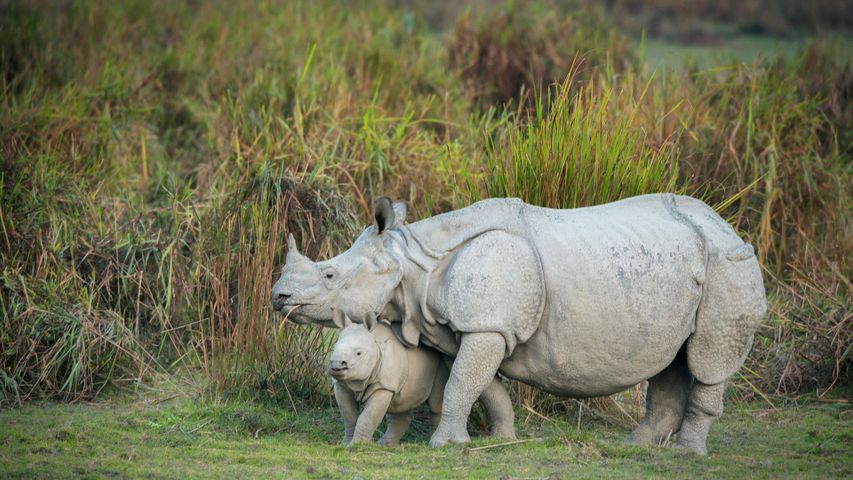
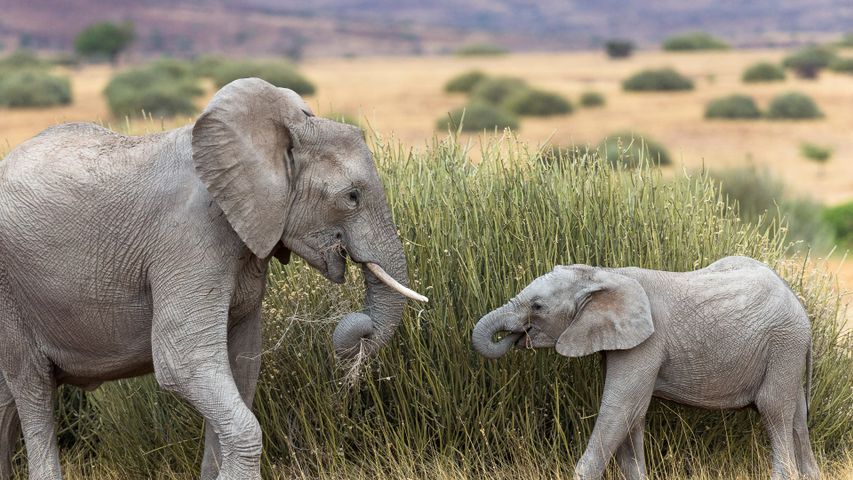 Desert elephant with calf feeding on tall grass, Namibia
Desert elephant with calf feeding on tall grass, Namibia
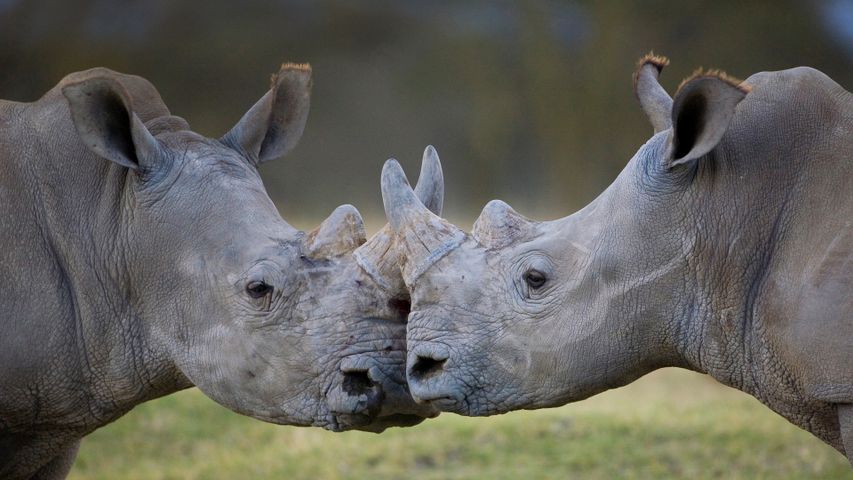 Male white rhinoceroses, Lake Nakuru, Kenya
Male white rhinoceroses, Lake Nakuru, Kenya
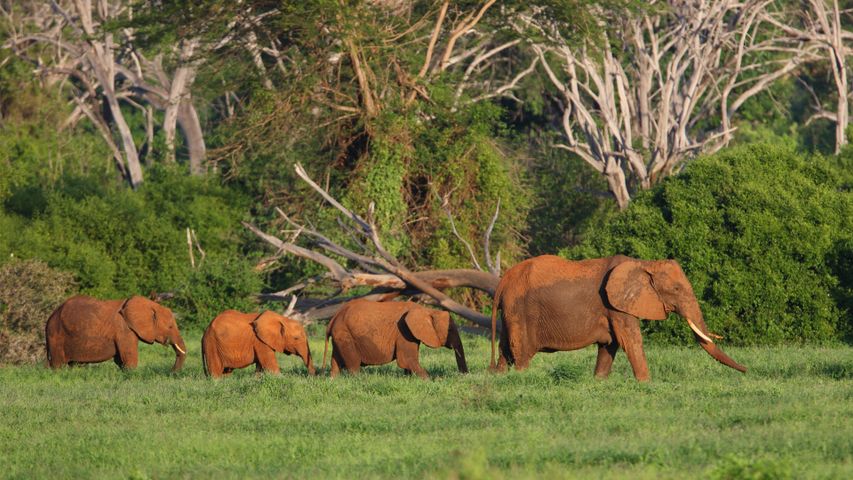 African elephants in Tsavo East National Park, Kenya
African elephants in Tsavo East National Park, Kenya
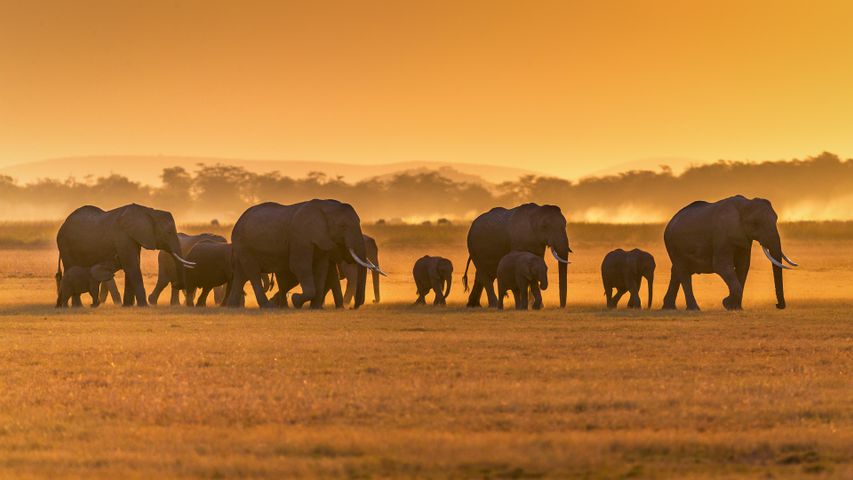 African elephants, Amboseli National Park, Kenya
African elephants, Amboseli National Park, Kenya
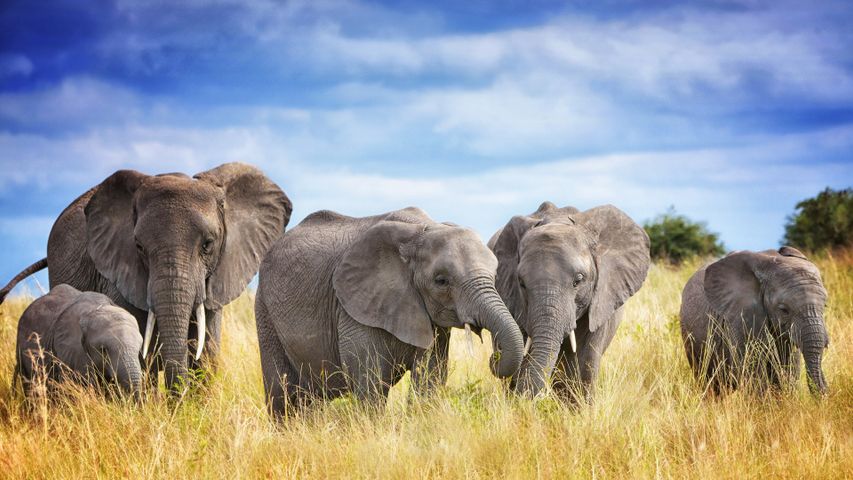 A family of African elephants in Tarangire National Park, Tanzania
A family of African elephants in Tarangire National Park, Tanzania
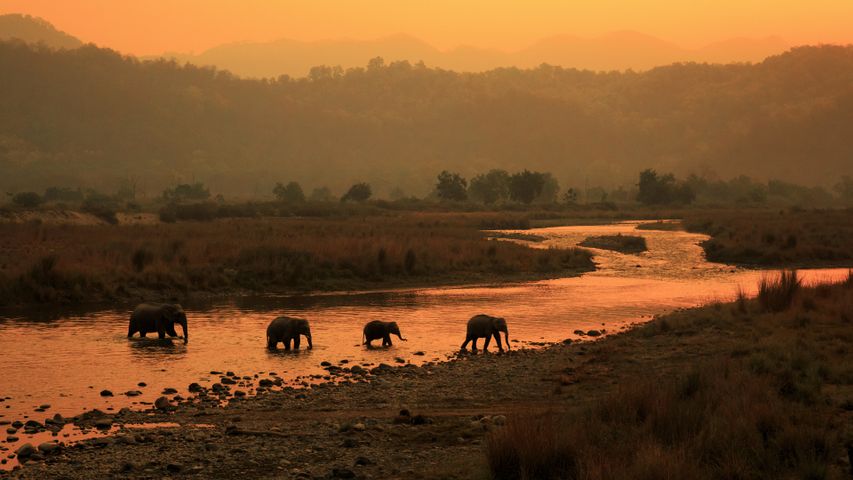 Elephants crossing river in Jim Corbett National Park, India
Elephants crossing river in Jim Corbett National Park, India
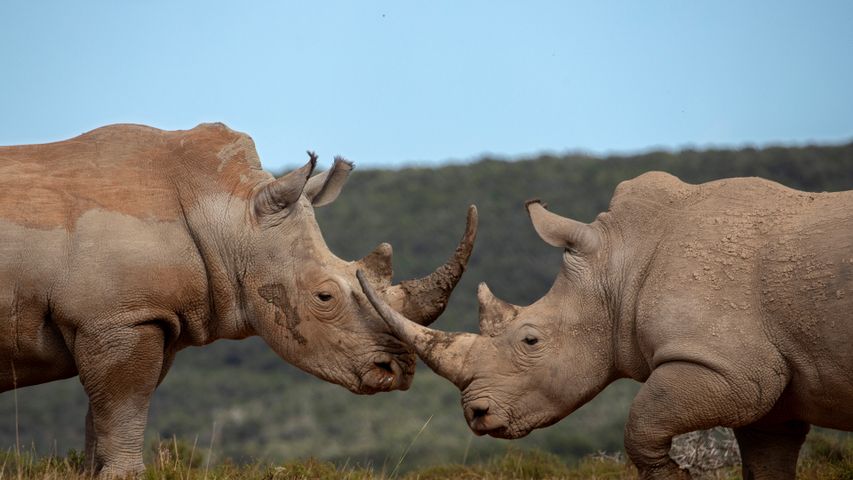 Southern white rhinoceros males, Shamwari Private Game Reserve, South Africa
Southern white rhinoceros males, Shamwari Private Game Reserve, South Africa
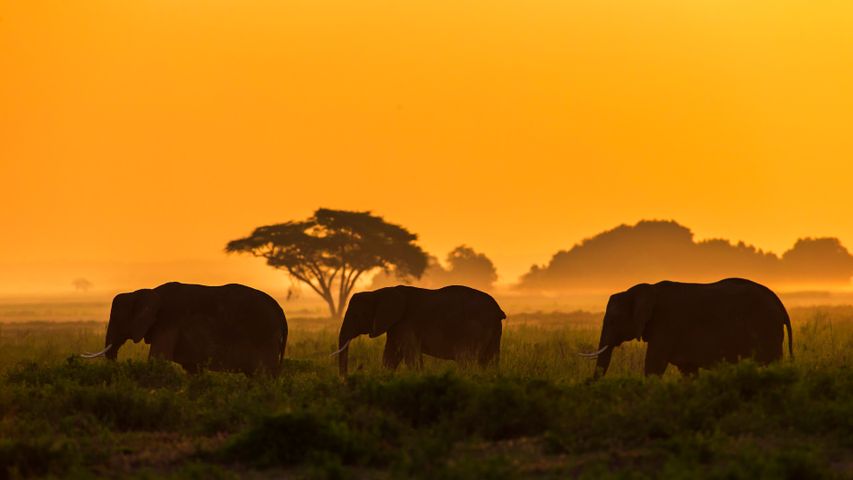 Elephant family in Amboseli National Park, Kenya
Elephant family in Amboseli National Park, Kenya